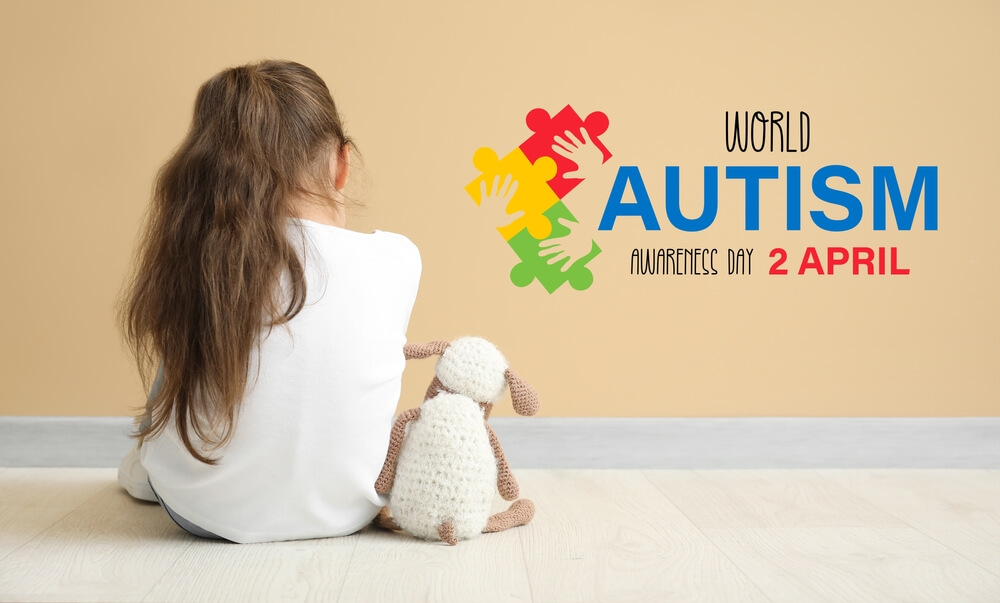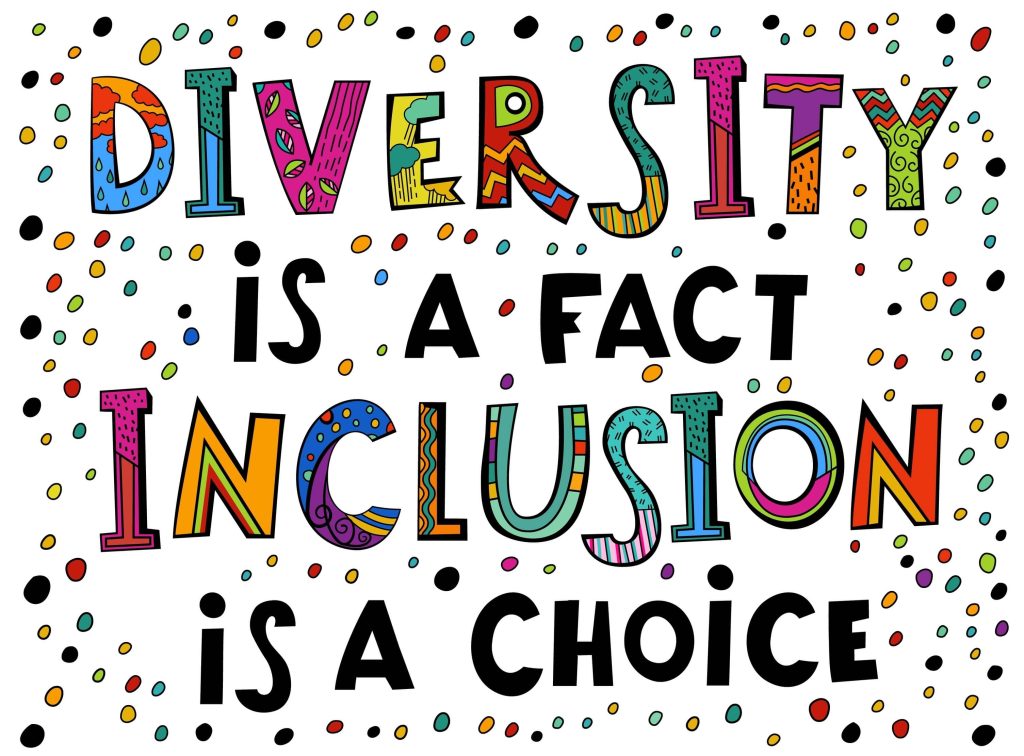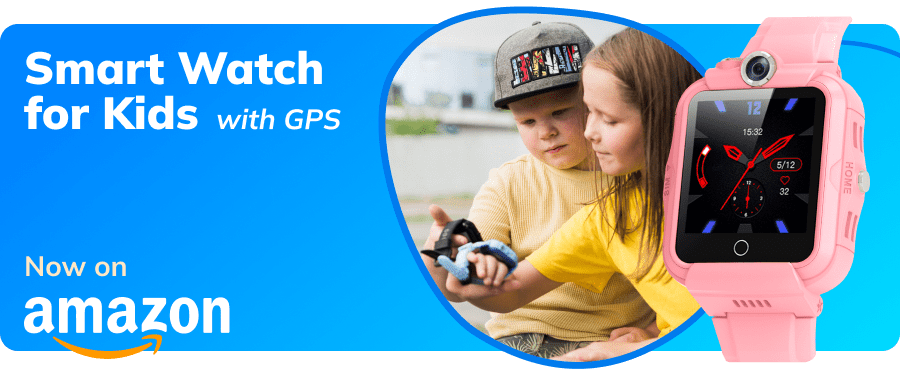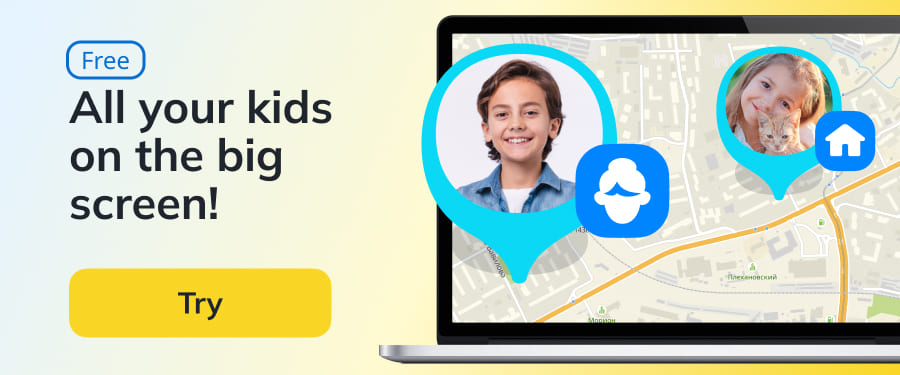Autism Acceptance Month: Events, Facts, and Ways to Support

April is National Autism Month, a time dedicated to fostering understanding and embracing the beauty of diversity found in the autistic community. In this article, you’ll discover facts about Autism Acceptance Month and how you, as a parent, can play a pivotal role.
Contents:
- When is Autism Acceptance Month
- Why Autism Acceptance Matters
- How Parents Can Support Autism Acceptance
- Autism Acceptance Month Activities for Families and Schools
- The Role of Technology in Supporting Neurodivergent Children
- FAQs
When is Autism Acceptance Month

Pixel-Shot/Shutterstock
April is National Autism Awareness and Acceptance Month and is dedicated to raising awareness and fostering acceptance of autism. The first April Autism Awareness Month was started in 1970 by Dr. Bernard Rimland.
In 2007, the United Nations General Assembly officially declared and sanctioned World Autism Awareness Day as April 2nd, shining a spotlight on these efforts globally.
Over time, the awareness campaign expanded, designating the entire month of April as a period to embrace and celebrate the uniqueness of individuals with autism, promoting understanding and inclusivity worldwide.
Why Autism Acceptance Matters
Think of awareness as beginning—learning that autism is there. It’s about teaching everyone what autism is, how to spot it, and the struggles people with autism face. But simply knowing isn’t enough; that’s where acceptance comes in. Acceptance is the next important step, moving from just knowing to truly including.
Acceptance means welcoming autistic people as part of our diverse world. It involves creating supportive spaces that value their unique views and contributions. By accepting, we help ensure autistic people are included in all parts of life—schools, workplaces, and social gatherings—so they have equal chances to thrive.
Acceptance is key to reducing stigma. By understanding and being patient, we can break down stereotypes and misconceptions, leading to more inclusive interactions. Support is the bridge, helping create services and resources tailored to the needs of autistic individuals.
By practicing acceptance, not only do we support autistic people, but we also enrich our community, creating a world where everyone, no matter their differences, feels valued and understood.
How Parents Can Support Autism Acceptance

SeventyFour/Shutterstock
Embracing autism acceptance begins with understanding and intentional action. Parents play a crucial role in fostering a supportive environment where their children can thrive and feel valued.
Talk to Kids About Autism
As parents, it’s important to talk to your kids about differences in how people think and behave. This helps them understand and accept these differences.
When you talk about autism, use simple and easy words. Explain that everyone’s brain is different, like how some people are left-handed. These differences make the world interesting. You can compare this to having different hobbies or skills and emphasize that being different is perfectly okay.
Read stories or books with characters who have autism. This makes it easier for kids to relate and understand. Encourage them to ask questions, which helps create a safe and honest space. Share your own experiences of learning, showing that it’s okay to not know everything right away.
These talks help your child develop empathy and understanding, making the world a better place for everyone. Remember, this should be an ongoing conversation, not just a one-time chat.
Advocate for Inclusive Education
Advocating for inclusive education can make a big difference.
Start by getting involved with your child’s school board or parent-teacher groups. Share your own experiences to show why inclusive education is important. Encourage schools to use learning strategies that support all students, including training for teachers.
Organize workshops or give access to resources that promote understanding among teachers and students. Work with other parents and community members to push for inclusive school policies.
Use social media and community events to spread the word and gather support. Remember, your efforts can help schools become more welcoming places where every child, no matter their abilities, can flourish.
Together, these actions build a culture of acceptance and make sure children with autism get the support they need for a fulfilling education.
Support Autistic Voices
Listening to autistic voices through books, podcasts, and other media helps you understand and accept autism better. These platforms share personal stories from people on the spectrum, letting you see their unique experiences.
By learning from these real stories, you become a stronger advocate and can teach others about autism, too. Supporting autistic creators not only raises awareness but also highlights their voices, encouraging acceptance. Each story shared helps break stereotypes and build empathy.
Follow social media accounts that support autism acceptance, like AutismWorld for year-round information about autism. Watching the short film Autism Every Day is also an awesome way to raise awareness that autism exists every day in society, not just in April.
Explore these diverse stories to make your journey of advocacy more meaningful and informed.
Encourage Sensory-Friendly Activities
Encouraging sensory-friendly activities is important for creating a welcoming environment for children with autism. These activities help by making sure children can explore their senses comfortably.
You can plan sensory playdates with toys like soft dough or textured balls. Some local theaters have special movie screenings with softer sounds and lights for a relaxed experience.
Outdoor activities, like gardening or playing with different textured materials, can also be great. These activities not only help with sensory processing but also connect kids with nature.
Sensory play helps children develop social skills, creativity, and communication. It helps build empathy and understanding in both children and the community. By joining in these activities, we teach kids that everyone experiences the world differently, and that’s okay.
With these inclusive activities, we can support and understand each other better.
Autism Acceptance Month Activities for Families and Schools

myboys.me/Shutterstock
During april, Autism Speaks hosts a range of events to celebrate Autism Acceptance Month. You can participate in free online webinars featuring experts and advocates who share valuable insights about autism.
Communities often organize awareness walks and resource fairs to bring people together in support of this cause. Families are encouraged to take part in virtual panels where they can learn and ask questions.
Don’t forget to check out local events and activities in your area, such as film screenings and story-sharing sessions. These opportunities promote a deeper understanding and celebration of neurodiversity.
Classroom Activities to Celebrate Autism Awareness Month
As a teacher, celebrating Autism Awareness and Acceptance Month can make your classroom a more welcoming place. Start by adding books about autism to your reading list to help students understand and care for others. Then, have a class discussion where everyone can share thoughts and ask questions about autism. This will open up friendly conversations and encourage curiosity.
Try hosting a fun project day where students can make posters or presentations about famous people with autism or the unique talents within the autism community. This helps to show the strengths and accomplishments of autistic individuals, breaking down stereotypes and building appreciation for diversity.
Include sensory-friendly activities by creating a cozy corner with soft seating and dim lighting for students to relax, no matter their neurotype. You can also organize a sensory exploration session where students feel, hear, and see different textures, sounds, and lights to understand sensory experiences unique to autism.
Lastly, think about inviting guest speakers or virtual guests from local autism groups to share their stories. Hearing real experiences is a powerful way for students to learn empathy and acceptance. By using different methods, you’re helping to build a more caring and supportive classroom for everyone.
The Role of Technology in Supporting Neurodivergent Children

Veja/Shutterstock
In today’s digital world, technology is becoming a great help for families with children who think and learn differently. From apps to special devices, these tools make life better for kids with autism, helping them understand their surroundings, talk to others, and learn.
One helpful tool is the Findmykids app. This app not only helps parents feel more at ease, but it also gives children with autism more independence. Using location tracking, parents can see where their child is in real time. This gives children the freedom to explore safely and reassures parents, especially since wandering is a common concern for kids with autism.
For instance, one parent shared how the app helped her find her son when he got lost on his way home:
“My son’s walk to and from school is an hour each way. One evening, it got dark, and he called me in a panic because he had lost his way. I opened the app, found his location, and quickly arranged a taxi to pick him up. Knowing I can track him and get alerts when he arrives at school has been life-changing for both of us.”
Another mother explained how Findmykids helped her daughter manage the overwhelming experience of using public transportation:
“When my autistic daughter started college, she had trouble coping with crowded buses. One day, she missed her stop and became very stressed. Thanks to the app, I could monitor her location and guide her on where to get off, saving us both from panic.”
The app also addresses a significant safety concern: bullying and mistreatment. A parent described how they discovered their son was being threatened by a bus aide:
“I overheard the aide on the bus speaking aggressively to my son and pushing him off the bus. Thanks to the app’s listening feature, I immediately contacted the school and had the situation resolved.”
Technology is not just about safety; it also promotes autonomy. Learning to navigate independently is a milestone for many neurodivergent children, and apps like Findmykids make it possible. One family shared how their son, who loves visiting a local shop to browse Yu-Gi-Oh! cards, has been able to do so independently for the past year while they track his location to ensure his safety.
For many families, the app offers a lifeline during emergencies. One parent recounted how it potentially saved her child’s life:
“My son, who struggles with autism and ADHD, was going through a tough time and had started self-harming. One day, he sent a message to a friend saying he was planning to end his life. I immediately used the app to locate him and reached him in time. We’re now in a much better place, but we still use the app every day for peace of mind.”
Apps like Findmykids are part of a broader trend of assistive technologies designed to enhance the quality of life for neurodivergent children and their families. Communication apps, for example, help nonverbal children express their needs through pictures and text-to-speech functions. Educational tools make learning more accessible, often focusing on building social skills, improving attention, and mastering everyday tasks.
As technology continues to evolve, its potential to support neurodivergent children will only grow. By embracing these innovations, parents and educators can create environments where all children—regardless of how they think or learn—can thrive. Together, these tools are helping to build a world that values different ways of experiencing and understanding life.
Embracing Diversity and Celebrating Autism Acceptance Month

Double Brain/Shutterstock
As we celebrate Autism Acceptance Month, let’s aim for a kinder and more inclusive world. By joining in activities and talks, you can truly make a difference.
Diversity starts with each of us. Let’s spread awareness and acceptance, one step at a time.
Share what you learn with other parents and invite them to events that showcase the unique strengths of people with autism.
Let’s build a community where every child feels valued and understood. Get involved, and let’s support acceptance, understanding, and love for everyone on the autism spectrum.
FAQs
What month is the Autism Acceptance Month?
Each year, Autism Awareness and Acceptance Month takes place in April. The designated day for Autism Awareness falls on April 2nd.
What is the difference between Autism Awareness and Autism Acceptance?
Autism awareness is about helping people learn about autism spectrum disorders (ASD). It focuses on understanding what autism is, how common it is, and what its traits are.
On the other hand, autism acceptance is about welcoming and including people with autism in our communities. Acceptance is about supporting autistic individuals as they are and valuing their unique viewpoints.
It’s not about changing them. By embracing acceptance, we make our communities more inclusive and celebrate the diversity that autism brings.
What color is for Autism Acceptance Month?
The official color for Autism Acceptance Month is blue. You will likely notice a lot of people wearing blue on April 2nd to show their support for awareness and acceptance of autism.
What are the 7 types of Autism?
Autism Spectrum Disorder (ASD) includes many different conditions, which is why it’s called a spectrum. Everyone with autism has their own strengths and challenges, so it’s important to see the variety within this spectrum. Here are seven types often linked to autism:
- Autistic Disorder: Often known as classic autism, this includes big delays in talking, challenges with socializing and communicating, and unusual interests and behaviors.
- Asperger’s Syndrome: People with Asperger’s might not have big delays in talking but can find socializing hard and might do the same things over and over. They often have very strong interests in certain topics.
- Pervasive Developmental Disorder-Not Otherwise Specified (PDD-NOS): Also called atypical autism, this is for those who don’t fully meet the criteria for the other types but still show enough symptoms to be on the spectrum.
- Childhood Disintegrative Disorder: This rare type involves normal development at first, followed by a big loss of talking, moving, and social skills before the age of 10.
- Rett Syndrome: Mainly affecting girls, this involves losing motor skills and talking abilities after a period of typical development.
- Hyperthymesia: Not always grouped with ASD, this condition is about having an exceptional memory of personal experiences, often found in some people on the spectrum.
- Sensory Processing Disorder: Not just part of autism, but sensory issues are common in autism. This involves being overly sensitive or not sensitive enough to sensory things like sounds, lights, or textures.
Knowing about these types can help you better support an autistic child, keeping in mind that every child is unique and comes with their own personality and talents, no matter their diagnosis.
Cover image: MMD Creative/Shutterstock
Проверьте электронный ящик



















